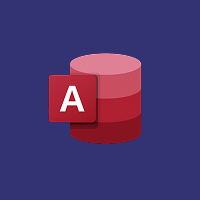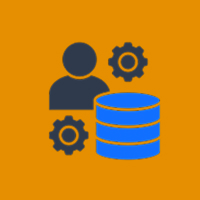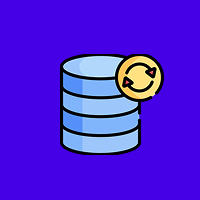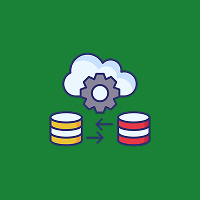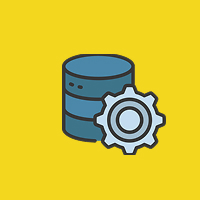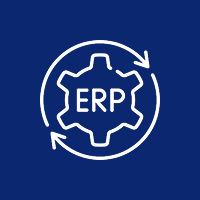As more and more companies gather increasing amounts of data from any number of sources—applications, sensors, user interactions, logs, and transactions—the need to store and run is more than ever before. Monolithic tables, by virtue of being traditionally designed, are most likely to become performance bottlenecks, affecting response time and scalability. Partitioning tables is arguably one of the best solutions for problems like such in SQL databases.
Partitioning allows database administrators and developers to divide a gigantic dataset into tiny, manageable pieces logically without sacrificing the illusion of one table. This enhances performance for ultra-high-speed queries, makes maintenance operations easier, and enables systems to scale better.
What Is SQL Partitioning
SQL partitioning is a database design practice in which one big table is divided into individual, though connected, tables called partitions. The partitions are individual at the storage level but become one combined unit for SQL queries. There is a subset of rows in every partition from the table based upon some defined criterion like date or value list.
Despite the segregation, the programs can still work on the segregated table as a single table. The segregation allows the database engine to skip unused partitions while running queries, thus gaining quicker performance and saving resources.
The Importance of Partitioning in Big Data
Partitioning has many benefits, especially when working with large and frequently accessed databases:
Improved Query Performance: Instead of reading the whole huge table, the SQL engine reads only the partition(s) of concern. The technique goes by the name of partition pruning, and it can reduce query run times by a large margin.
Simplified Maintenance: Operations like deleting stale data, inserting fresh data, or re-indexing can be performed on one partition without impacting the rest of the data set. Partitioning makes routine database maintenance easier.
Better Scalability: Partitioned tables can be made bigger without compromising as much performance as non-partitioned tables. This is particularly valuable for systems that are subject to exponential data growth.
Better Data Lifecycle Management: Purging and archiving are easier to control. For example, you can drop one partition of old data instead of deleting row by row.
Types of SQL Partitioning
Selecting an appropriate partitioning scheme depends on your query load and data properties. There are four usual ones:
1. Range Partitioning
Splits data between ongoing ranges of column values. It fits best with chronological data like timestamps, logs, or transactions. Example: Partition sales data by year or month.
2. List Partitioning
Stores data in groups of an agreed-upon set of values. This is handy if your data naturally occurs in discrete collections—like regions, product categories, or departments.
3. Hash Partitioning
Divides rows evenly across divisions based on a hash function over column values. This is convenient when you want an even distribution but your data lacks natural ranges or groupings.
4. Composite Partitioning
Merges two or more partitioning schemes. For example, a table could be range-partitioned first on date and then hash-partitioned by each date range. This allows systematic grouping and balanced distribution.
SQL Partitioning Best Practices
In order to realize the full benefits of partitioning, it’s important to follow a sequence of properly planned best practices:
- Select Meaningful Partition Keys: Select columns that frequently appear in query predicates and help in a useful partitioning of your data.
- Set Partition Limit: Too many partitions may lead to overhead as well as decreased performance, particularly for metadata management as well as query planning.
- Apply Applicable Indexing: Apply local indexes when queries will likely access one partition. Apply global indexes when queries will access more than one partition.
- Monitor Partition Usage: Monitor your query plans to verify partition pruning is being done where it should. Rewrite your queries or schema if not.
- Automate Maintenance: Normal partition maintenance activities such as creating new partitions, coalescing old ones, or archiving outdated data are automated.
Real-World Use Cases
SQL partitioning is a perfect solution for the following big data use cases in the real world:
- Log & Event Data: Partition the logs on a daily or weekly basis to accelerate troubleshooting and analysis.
- E-Commerce Transactions: Partition based on customer geography or order date to support quicker reporting and analytics.
- IoT Sensor Data: Apply range partitioning to timestamp columns to effectively handle time-series sensor data.
- Financial Systems: Employ list or composite partitioning to divide the data based on transaction type or account type.
- Content Platforms: Divide data by content type or date they were created to enable quicker indexing and retrieval.
Conclusion
With the growing demand for data-intensive applications, SQL partitioning is an essential mechanism for scaling performance, scaling out, and scaling up. If organizations choose the appropriate partitioning strategy and adhere to best practices, their databases will continue to respond and be tractable despite huge volumes of data.
Mastering partitioning not only boosts query speed but also lays a strong foundation for future-proofing your data architecture. Whether you’re working with time-series logs, e-commerce transactions, or high-volume sensor data, SQL partitioning is a key tool in handling the challenges of big data effectively.
Contact Us Today













 Database Development
Database Development




